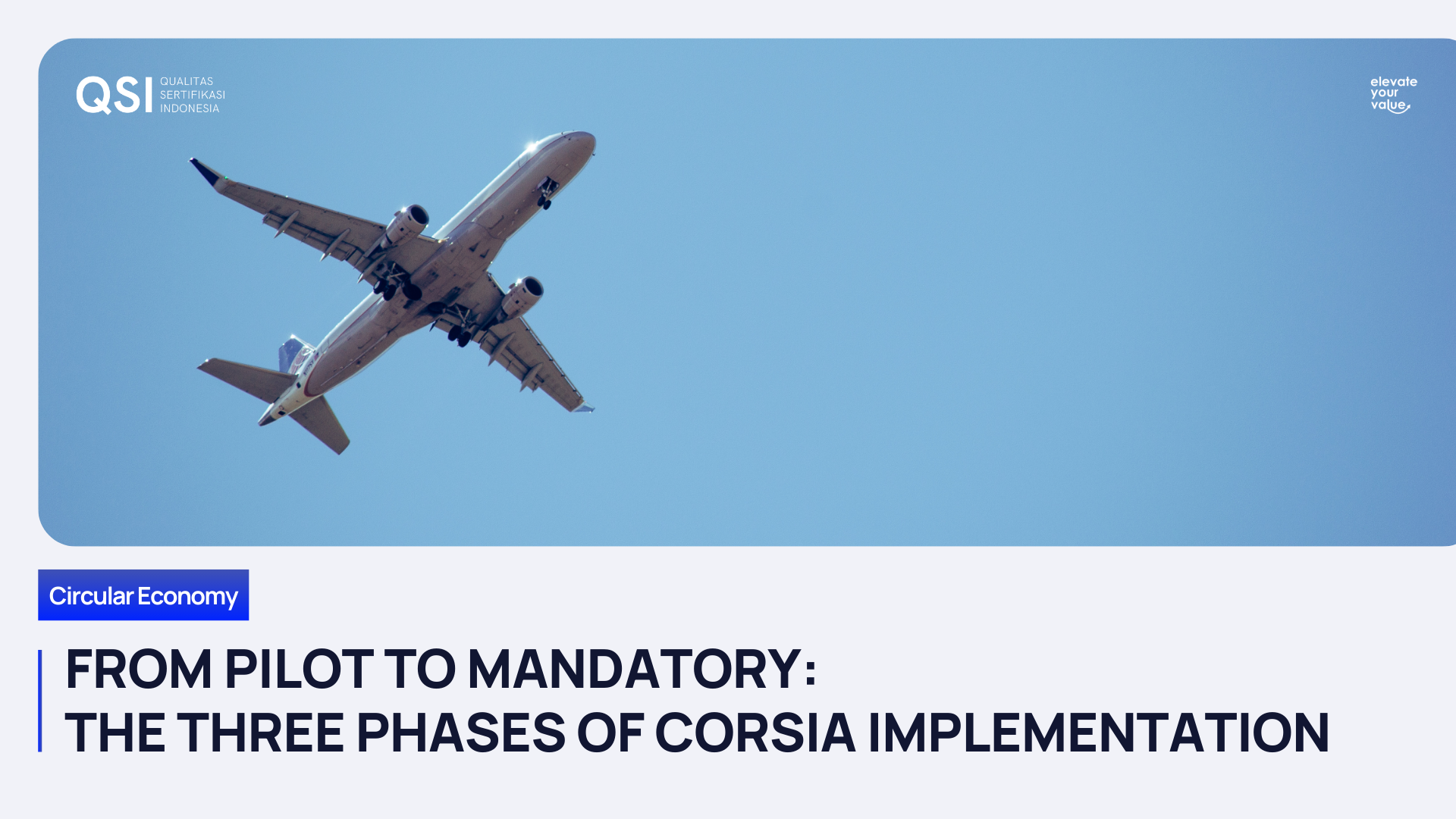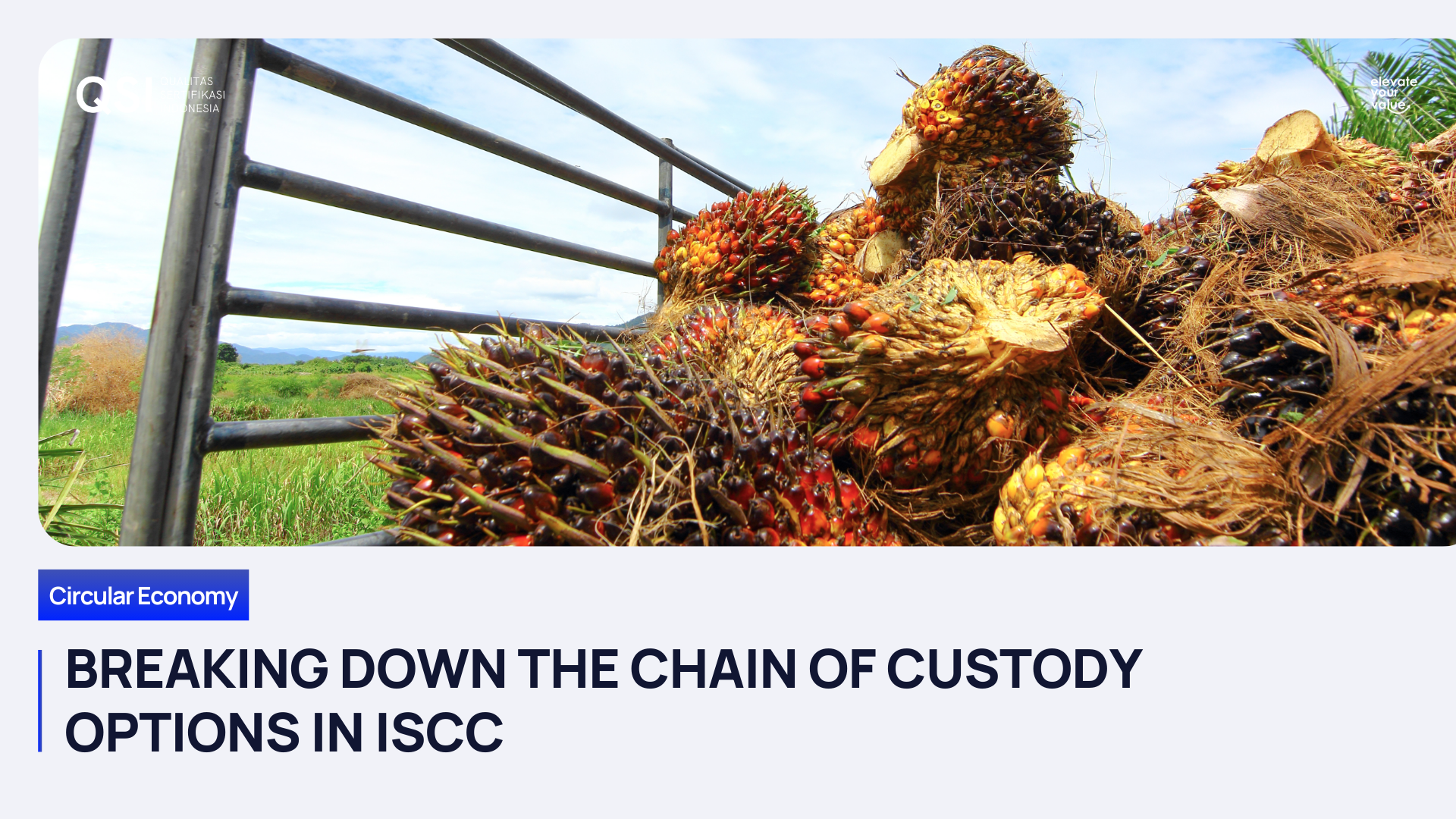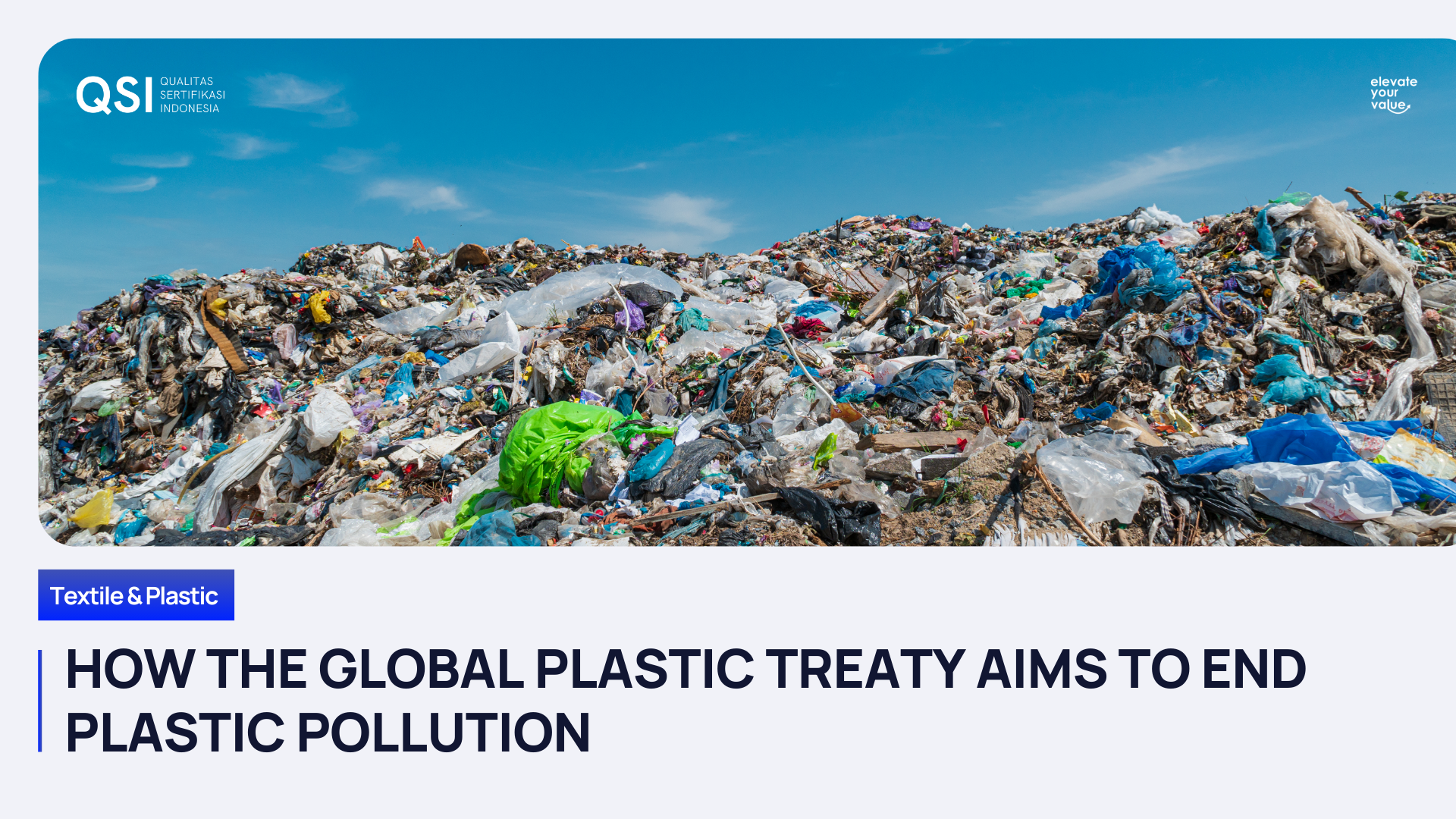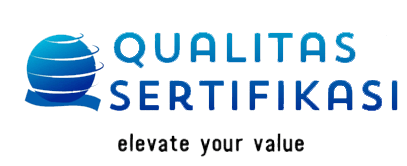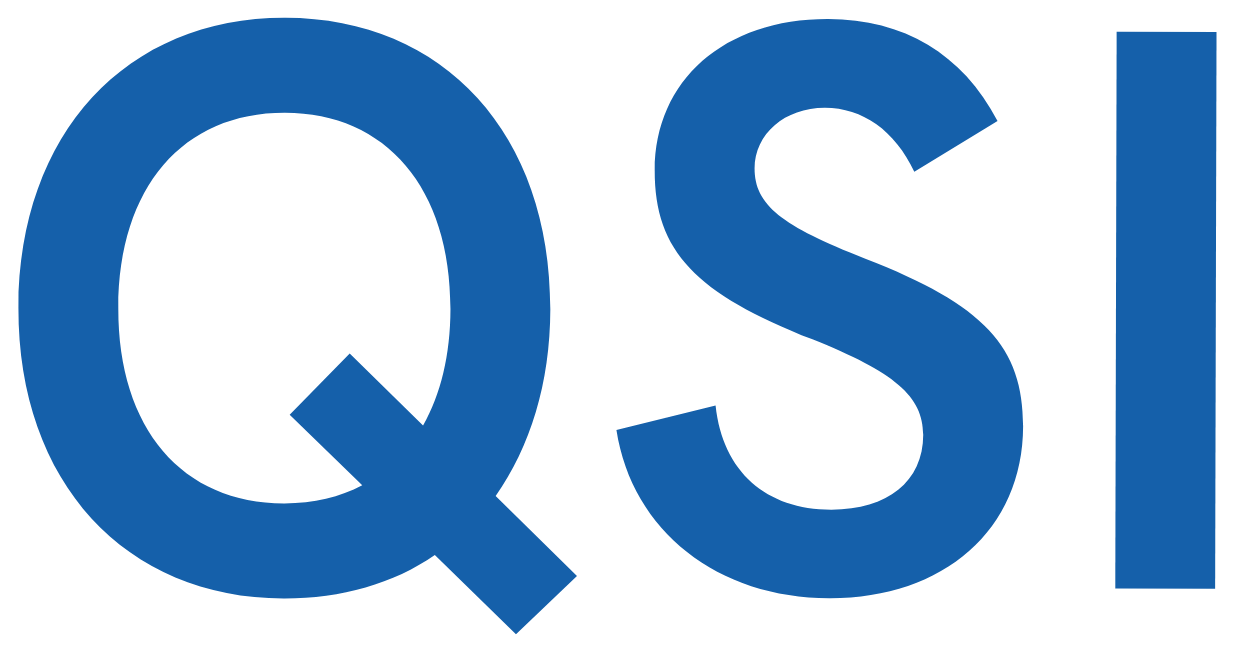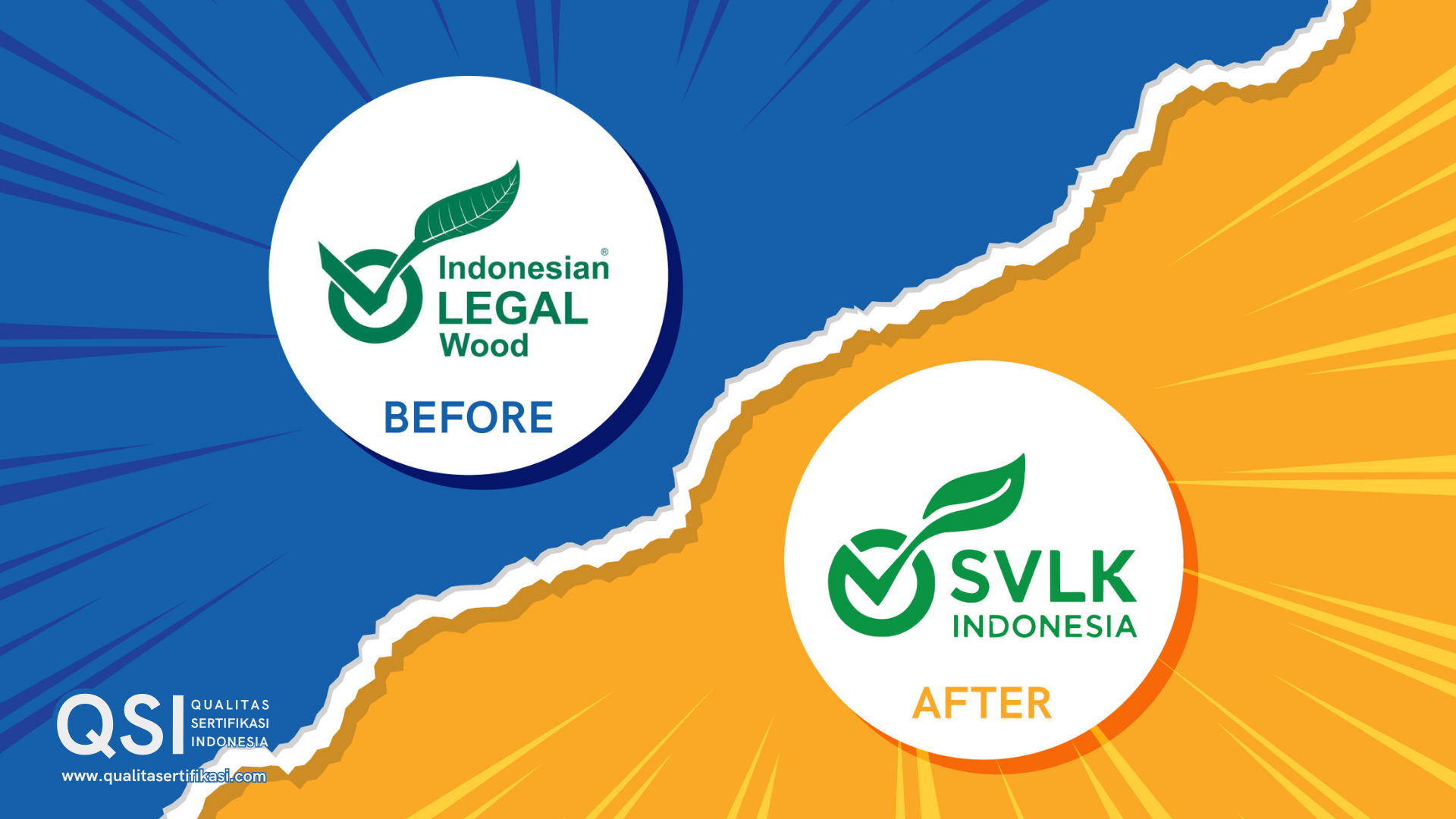Mengenal Perbedaan Pedoman SVLK Terbaru
Upaya pemerintah Indonesia untuk menjaga kelestarian dan keberlanjutan hutan dan produk-produknya dilakukan dengan memperkenalkan sistem dan pedoman baru keabsahan kayu atau SVLK. Di sistem barunya, Kementerian Lingkungan Hidup dan Kehutanan (KLHK) berusaha untuk menekankan kredibilitas dan legalitas hasil hutan, ketelusuran dan kelestarian pengelolaan hutan.
Sistem Verifikasi Legalitas dan Kelestarian (SVLK), yang dulunya Sistem Verifikasi Legalitas Kayu, mencakup semua simpul dan proses produksi hasil hutan, mulai dari hulu, hilir, hingga mencapai pasar atau konsumen. Hal ini juga disebut-sebut tidak hanya mengedepankan legalitas, namun juga aspek kelestarian dan keberterimaan produk ekspor.
Perbedaan pedoman yang lama dan baru
Dari sekian perubahan yang ada, ada beberapa hal mendasar yang menjadi fokus dari pedoman keabsahan kayu Indonesia ini yang diatur dalam Keputusan Menteri Lingkungan Hidup dan Kehutanan (KepmenLHK) Nomor SK.9895/MenLHK-PHL/BPHH/HPL.3/12/2022 tentang Standar dan Pedoman Pelaksanaan Sistem Verifikasi Legalitas dan Kelestarian ini.
Regulasi
Dari sisi regulasi, pedoman yang baru ini memiliki dasar hukum PermenLHK nomor 8 tahun 2021. Dalam Pasal 217 ayat (2) disebutkan untuk menjaga kredibilitas penjaminan legalitas hasil hutan, maka dilakukan melalui SVLK. Selain itu, terdapat Pasal 234 yang menyebut standar dan pedoman sistem baru ini ditetapkan oleh Dirjen atas nama Menteri, yaitu SK.9895/2022.
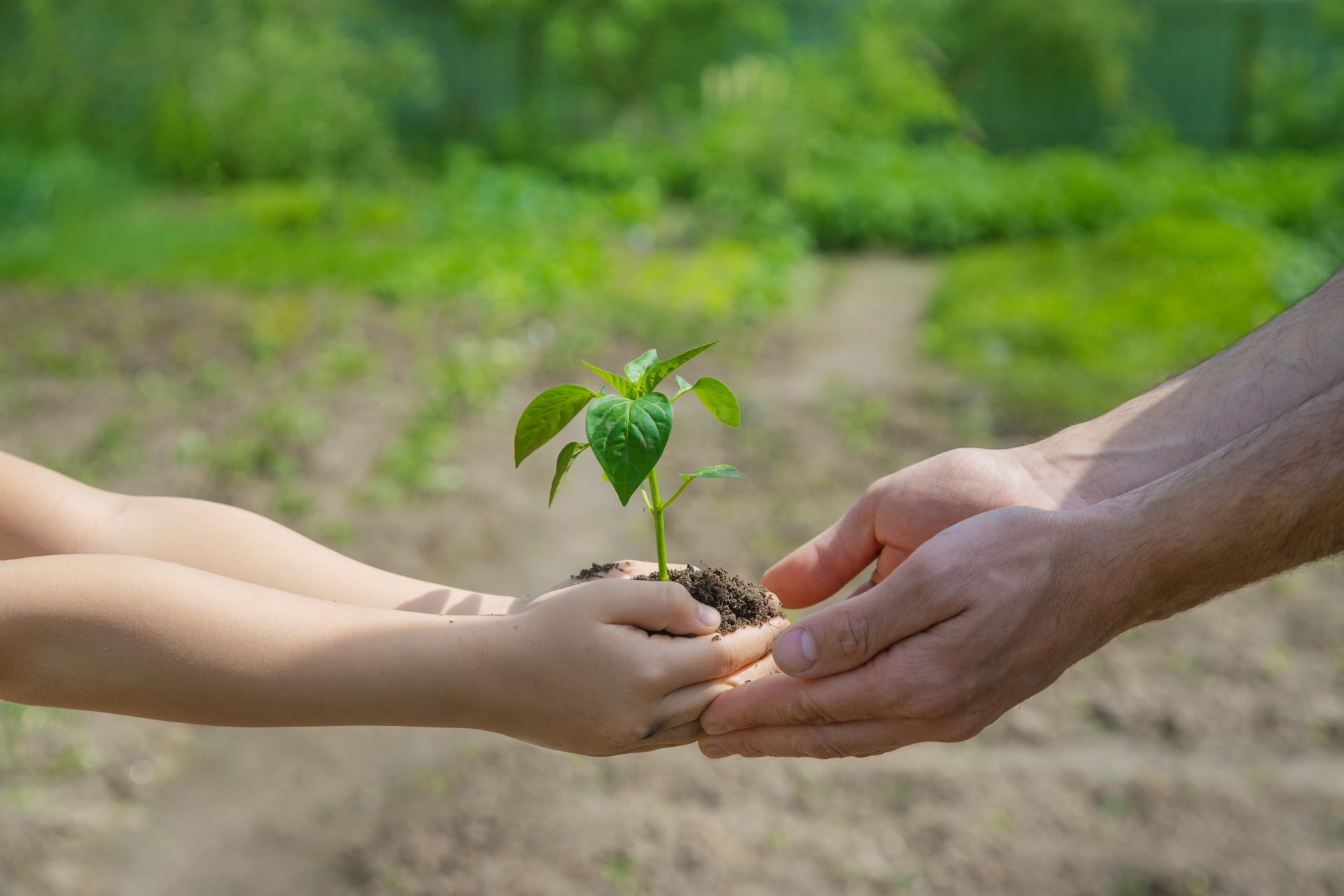
Singkatan SVLK
Dalam pedoman baru yang ditetapkan oleh KLHK, SVLK ini merujuk pada Sistem Verifikasi Legalitas dan Kelestarian (SVLK). Sesuai dengan namanya, maka sistem baru ini dibuat untuk memastikan kredibilitas penjaminan legalitas hasil hutan, ketelusuran hasil hutan, dan/atau kelestarian pengelolaan hutan. Kelestarian seolah menjadi kata kunci penting dari pedoman baru ini.

Ruang Lingkup
Ruang lingkup pedoman yang baru ini juga tidak lagi terbatas hanya pada ruang lingkup kayu, tetapi juga Hasil Hutan Bukan Kayu (HHBK). HHBK merupakan hasil hutan hayati, baik nabati maupun hewani, termasuk produk budidaya kecuali kayu yang asalnya dari hutan. Dalam hal ini, berarti termasuk rotan, getah, maupun hasil produksi dari pengolahan bahan mentah yang asalnya dari hutan dan merupakan produksi primer seperti kayu bulat, kayu gergaji, kayu lapis dan pulp.
Meski dalam pedoman ini telah mencantumkan HHKB, namun hingga saat ini pedoman teknis terkait SVLK pada HHBK masih dalam proses kajian khusus dan akan diterbitkan menyusul.
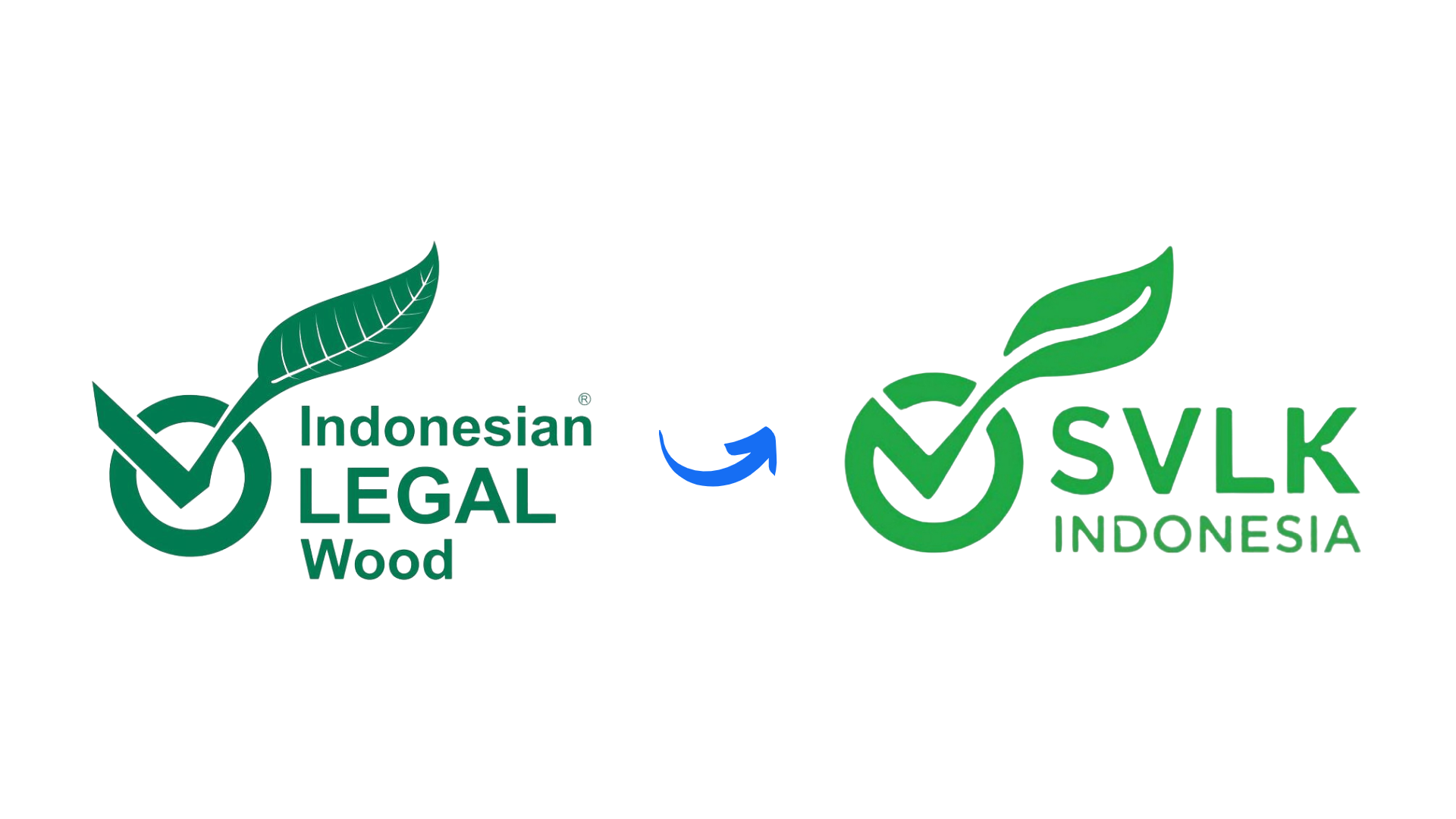
Logo
Terkait logo baru SVLK, hal ini diatur melalui Keputusan Menteri Lingkungan Hidup dan Kehutanan dengan Nomor SK.1179 tentang Penetapan Tanda SVLK, tanggal 26 November 2021. Logo baru ini menjadi tanda bahwa hasil hutan dan produk hasil hutan tersebut telah memenuhi standar legalitas dan kelestarian, serta memenuhi ketentuan deklarasinya.
Tanda
Sustainable ataupun Legal akan disematkan dalam logo, untuk memperjelas status SVLK produk yang disertifikasi. Jika semua bahan baku yang digunakan telah bersertifikat SVLK (S-Legalitas) atau S-PHL, maka akan ditambahkan tanda ‘Sustainable.’ Namun, jika terdapat bahan baku yang merupakan hasil deklarasi mandiri, maka akan menggunakan tanda ‘Legal.’

Laporan Audit
Terlihat jelas, standar dan pedoman baru yang ditetapkan KLHK ini juga berupaya untuk melakukan pengetatan dari sisi laporan penilaian atau audit. Dalam rangka memastikan keterlacakan bahan baku dan memanfaatkan teknologi informasi, maka dalam laporan audit yang dihasilkan nantinya harus melampirkan foto dan geolokasi atau titik koordinatnya. Dalam SK.9895/2022, disebutkan bahwa harus dilakukan penguatan dan perbaikan narasi pada beberapa verifier, salah satunya dengan pemeriksaan geolokasi yang harus dilakukan oleh Auditor.
Sebagai salah satu lembaga sertifikasi yang terdaftar dan aktif menyediakan layanan sertifikasi SVLK, PT Qualitas Sertifikasi Indonesia hingga saat ini terus melakukan pembaruan selaras dengan aturan baru dari KLHK. Untuk informasi lebih lanjut seputar pedoman baru SVLK maupun ruang lingkupnya secara mendalam, silahkan unduh brosur kami atau klik
link berikut.
